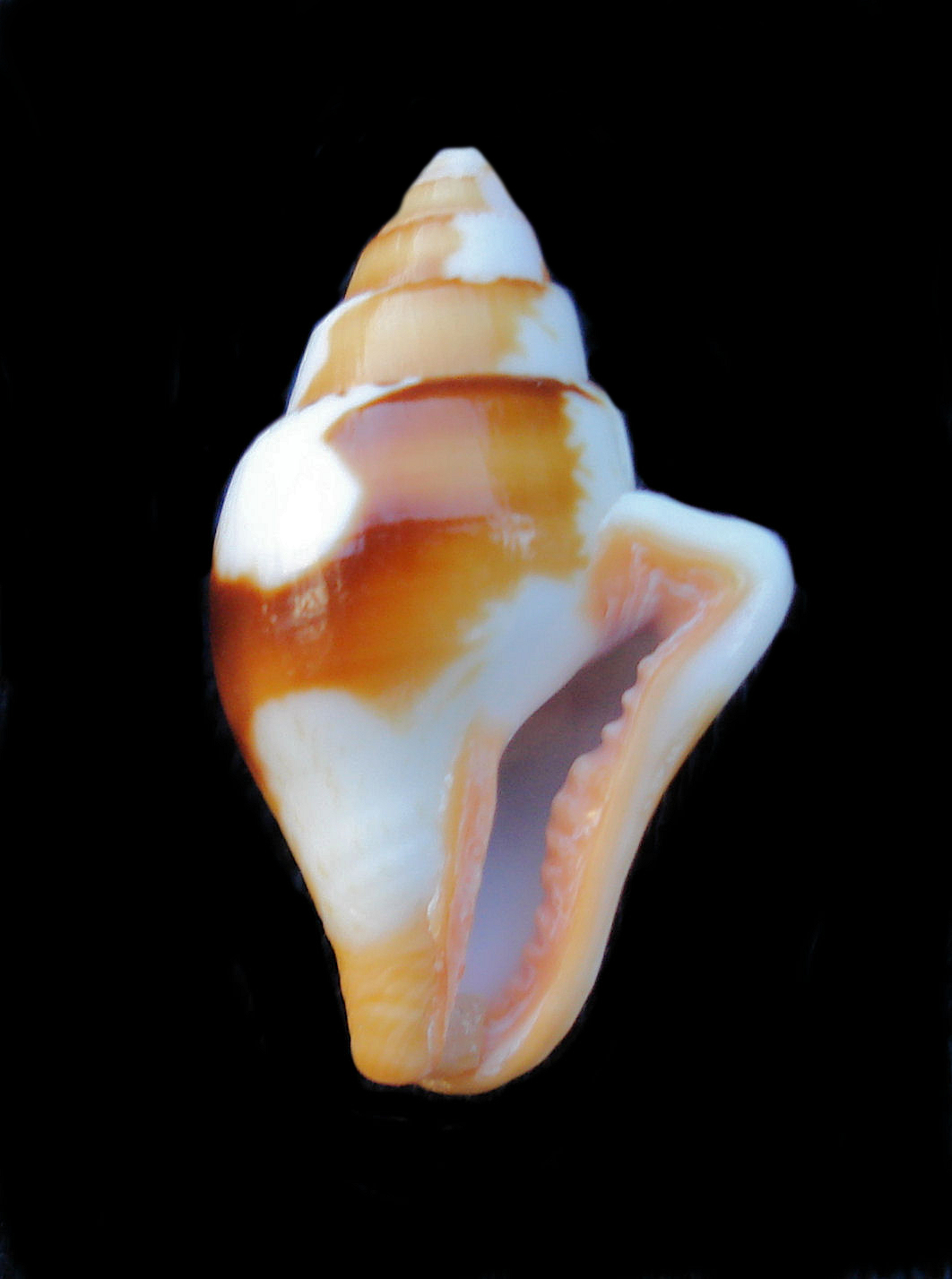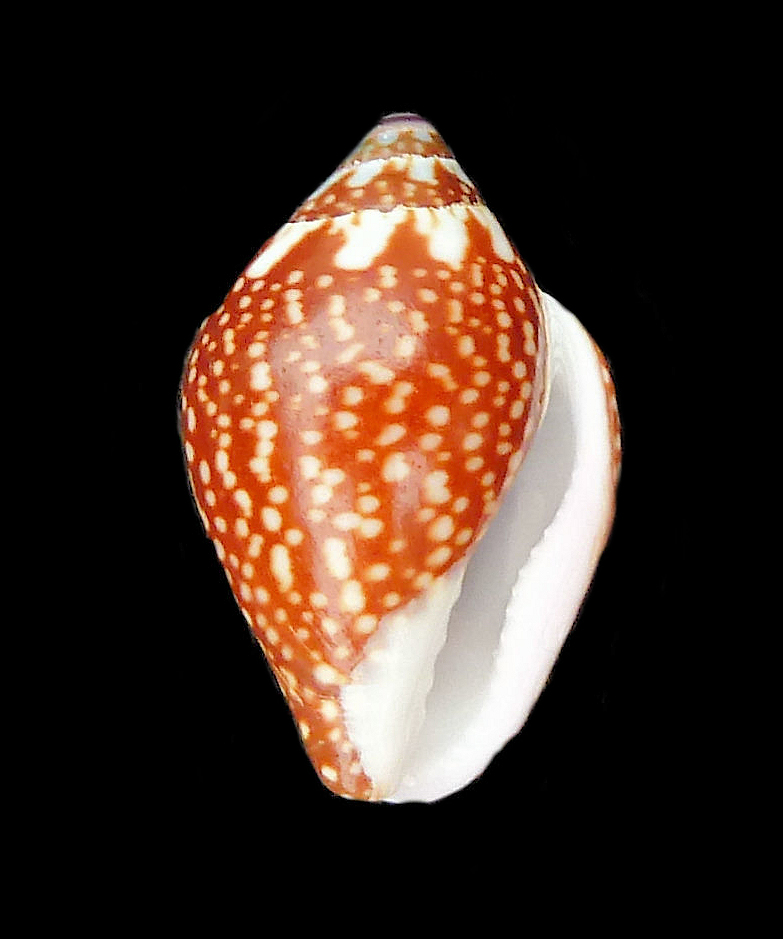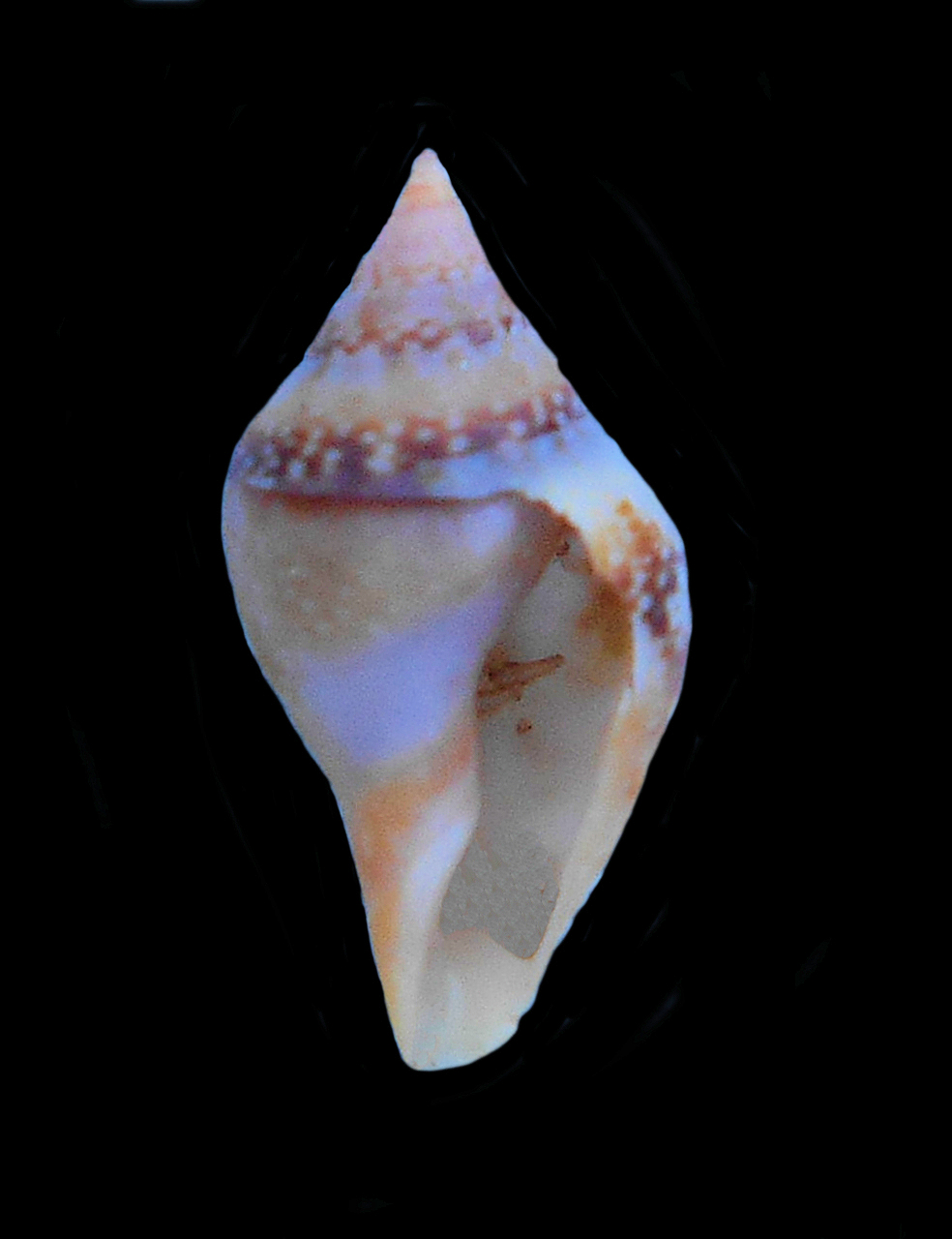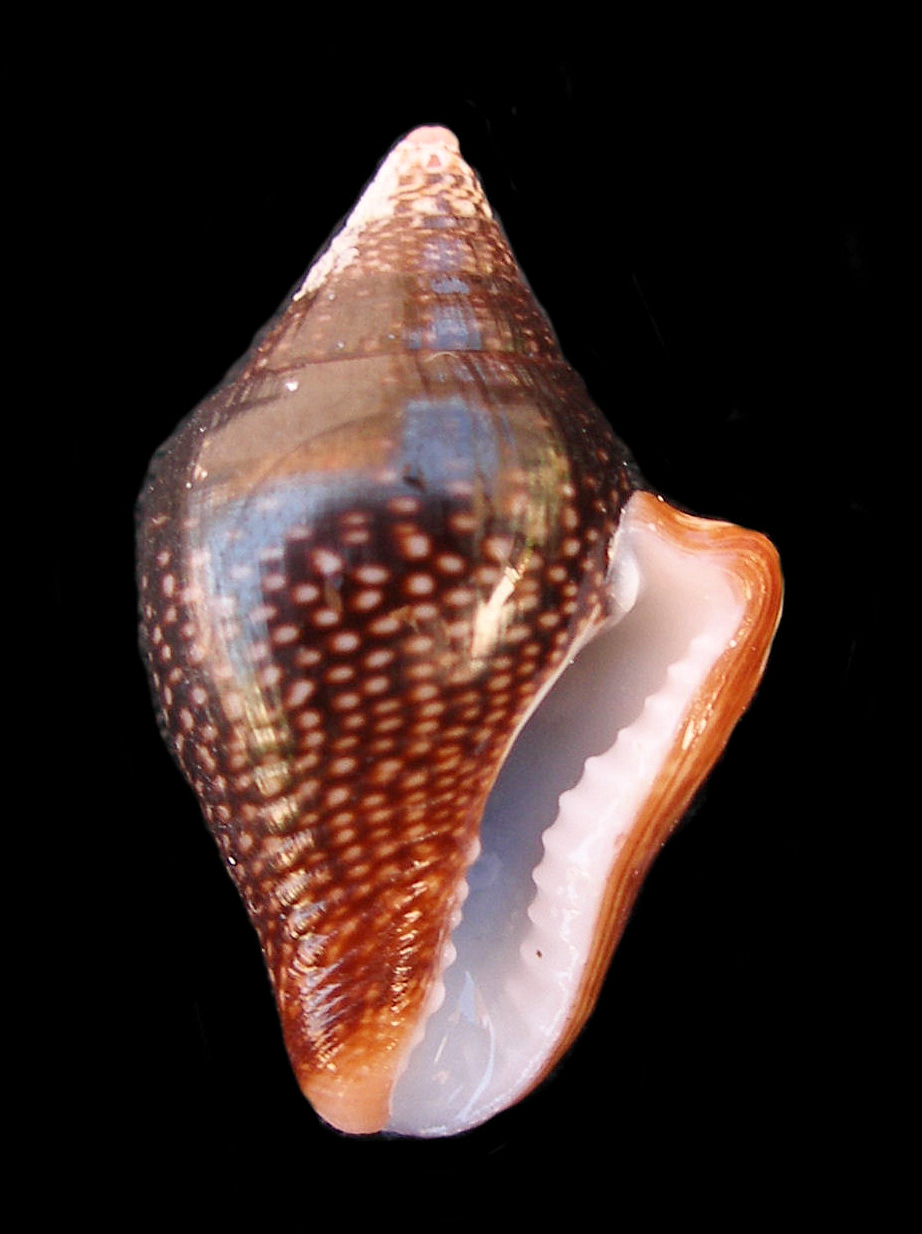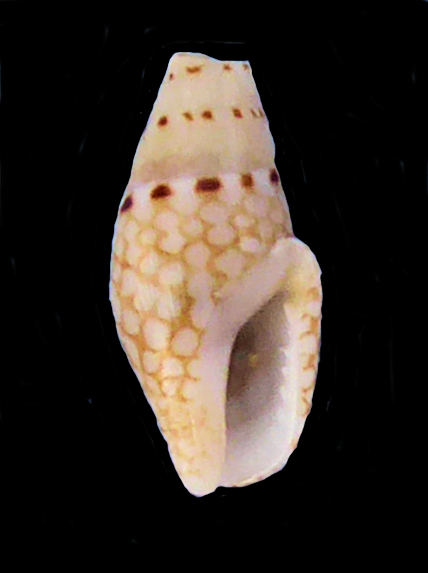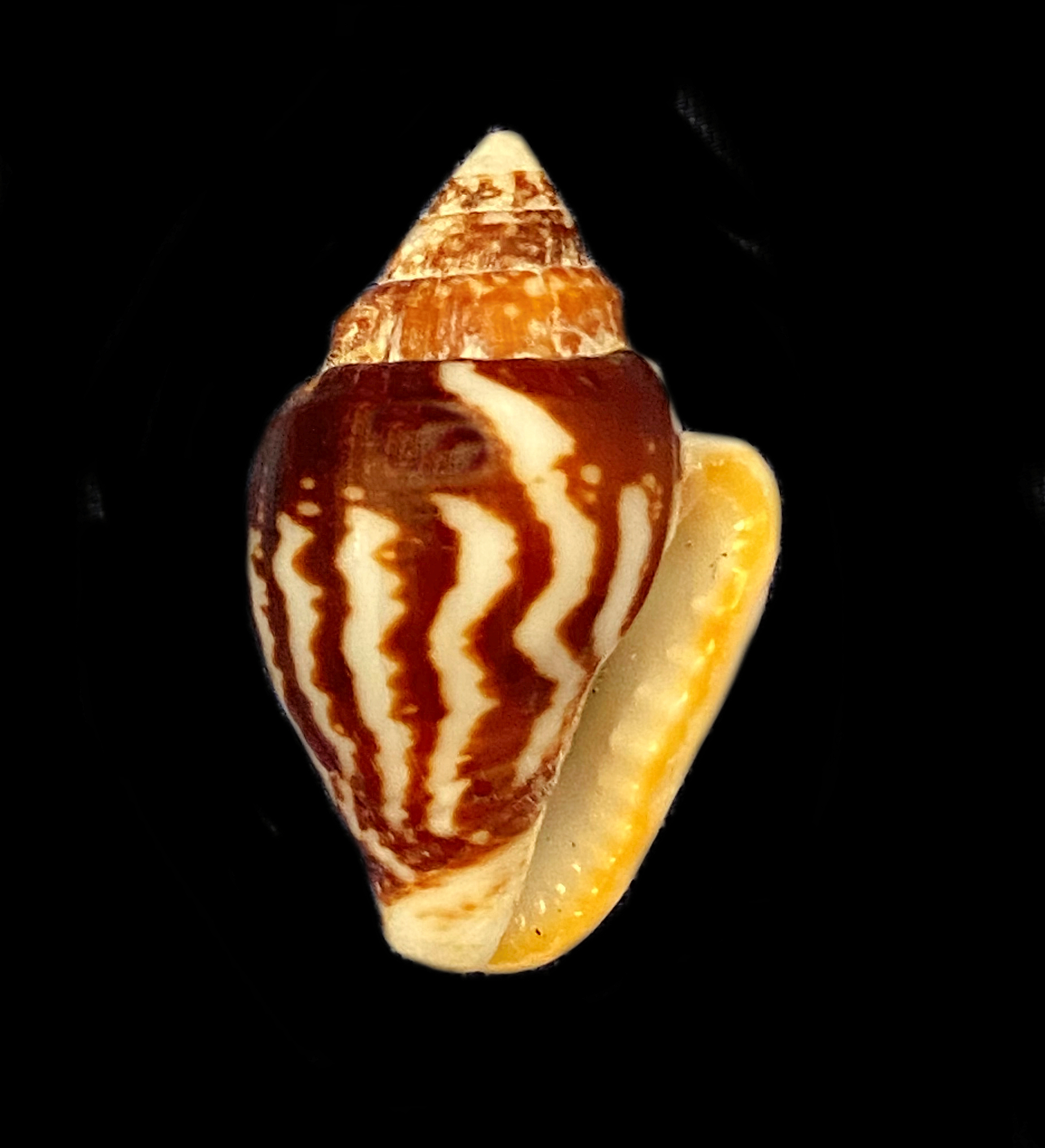Dove Shells of the Collumbellidae Family
Six Dove Shells of the Collumbellidae Family can be found in this website:
The Columbellidae or Dove Family is a very large and diverse collection of gastropod mollusks. The shells very greatly in shape and coloration both between, and within, species. In general, they are thick shells that are narrow and elongated, with many whorls, others are more diamond shaped in profile, with a large body whorl and a short, wide spire. The Dove Shells have an elongated aperture, running from one-fifth to one-half the shells length, and an anterior canal. The outer lip of the aperture is usually dentate – marked with smooth “teeth”. Dove shells range in size from very small to medium. Many species have shells with a smooth exterior and some have external sculpting consisting of a granulated surface with ridges running lengthwise or along the whorls. Most Dove Shells are covered with a periostracum. The Columbellidae tend to be more physically active than most gastropods. They can be observed crawling along the bottom of tidal pools or mudflats at low tide. Their diets vary by species with them being carnivores, scavenging carnivores, herbivores, or omnivores. In turn they are preyed upon by crabs, fish, predatory mollusks and shorebirds. They may be found on hard substrate including mud, plants and sand. They are found worldwide in tropical and temperate seas from the intertidal zone to depths up to 1,000 m (3,300 feet). The Columbellidae Family has several hundred species of which sixty-six are found in coastal waters of the Baja Peninsula.
